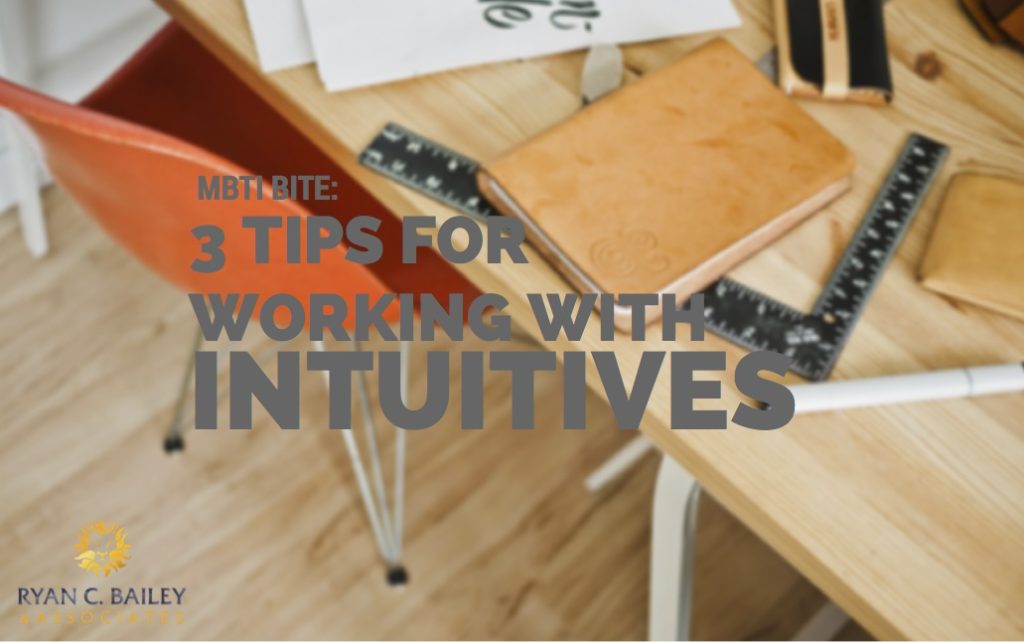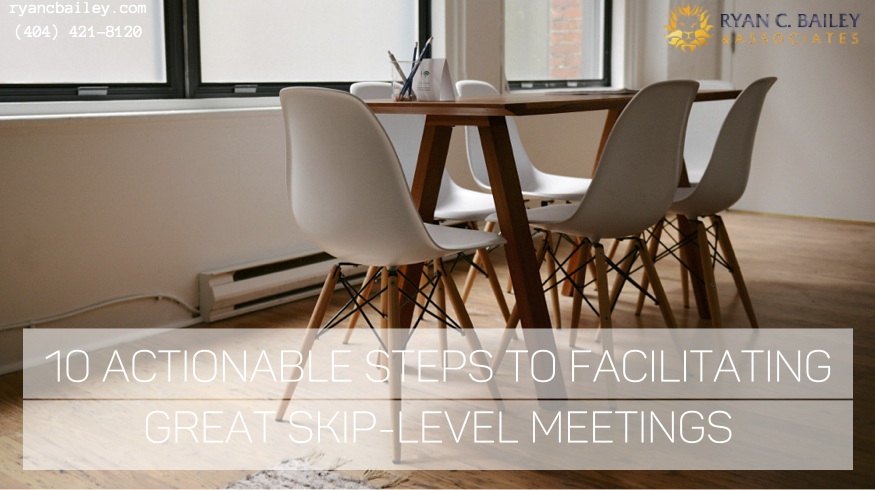 I'm on a flight to Los Angeles to deliver a workshop on Myers-Briggs and Emotional Intelligence.
I'm thinking back to the training I did to become certified in the EQi-2.0 and how I wish I had taken more notes and spent more time reviewing.
I'm on a flight to Los Angeles to deliver a workshop on Myers-Briggs and Emotional Intelligence.
I'm thinking back to the training I did to become certified in the EQi-2.0 and how I wish I had taken more notes and spent more time reviewing.
Even though I love EQ work and use it extensively with clients, there are nuances of the EQi-2.0 assessment that I don't remember (already put a coaching meeting with an EQ trainer on my calendar). This has got me thinking about how many of us attend workshops throughout the year, but don’t retain as much from them as we wish we could. According to Forbes, attendants of a lecture retain only about 50% of what they learn after two weeks.
So many helpful nuggets are given in a workshop that I wish I had a system to retain them all and then implement them well. If you are still reading this blog, you probably can relate. Here are some things I have found helpful throughout my years of attending and giving workshops:
1) Before you go into the workshop, perform brain dump.
Brain dumping is a way to get clear and be fully present. I wrote out 7 tips on how to be fully present when you have a lot on your mind in a previous blog. One exercise is called the “Brain Dump.”
This exercise involves listing on a piece of paper all of the things that are on your mind at the present moment. Think not just about work, but also about home, family, hobbies, entertainment, etc. Take 10 minutes to write them out.
Next to each item, quickly jot down the ideal outcome you want for that item. Then write down the next action step that needs to be taken to achieve that outcome.
This exercise clears your mind and creates space for more information.
2) Take really really clear notes.
I like taking electronic notes during workshops I attend. However, if I'm not careful, as the days, weeks and months go by, I may not fully understand what I wrote down when the time comes to review them. Make sure you set aside some time to review your notes right away, as close to the end of the workshop as you can. The breaks during a workshop are even more ideal.
3) If the facilitator says anything that is unclear, ask them to clarify.
Don't be afraid to ask the facilitator to clear up a point they made. You will be doing yourself, your fellow participants, and the facilitator a favor. This is often how I get the best refinements to the workshops I conduct.
4) If the facilitator has not done so, see if you can whittle down the workshop to three main points.
A client, after previewing slides, asked me to come up with five "pithy" phrases that the participants could use as a review slide. That advice alone moved my workshops to the next level. It turned out that senior leaders especially valued that slide.
5) See how you can immediately implement at least three core parts of the workshop - personalize it.
To make the most of the time you invested in participating in a workshop, look for ways you can immediately use what you've learned.
The idea is to start using what you've learned before you forget it.
See number 7 for one of my favorite ways.
6) Set up a few review times.
Typically, when I deliver a workshop, I like to have a group coaching call a month after the workshop, and another one three months after the workshop. This gives participants a chance to implement and develop questions to better utilize what they've learned.
If that feature is not offered to you and your team, request it, because it will dramatically increase retention and use.
If you're met with resistance, do it on your own. Don't feel shy about emailing the workshop facilitator with your brief questions. We'd love to be at further service.
7) Teach others what you've learned.
Before the beginning of the workshop, have in mind that you are going to teach others what you've learned.
This will help you be present, make sure that your notes are clear, and that you yourself understand everything.
Generously share with others what you've learned. In the process, you will learn and implement much more than you would have otherwise.
Imagine the impact on your team if they got the nuggets that have helped you.
There is a reason you are participating in the workshops you're attending. You’ve invested time and money and energy into this opportunity. Make the most of it for yourself and for your team as you move your team towards higher performance.
Chew On This:
- What difference would it have made to you if you had been able to remember more of the workshops you attended?
- What steps can you take to make the most out of future workshops?
Ryan C. Bailey is President and CEO of an organizational effectiveness company.



